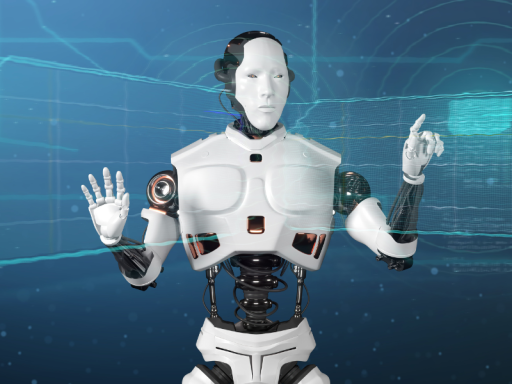Smarter Risk Assessments & Monitoring
AI can analyse real-time data to predict hazards before they happen. Machine learning identifies patterns in workplace incidents, enabling proactive interventions. AI-powered cameras and sensors detect unsafe behaviours, ensuring quicker responses and reducing workplace risks.
Wearable tech, such as smart helmets and biometric trackers, is also making an impact. These devices monitor fatigue, posture, and exposure to hazardous conditions, alerting workers and employers before issues escalate. By preventing accidents before they happen, AI is reshaping traditional approaches to workplace safety.
AI for Equipment Safety & Predictive Maintenance
AI is also being used in predictive maintenance, identifying potential equipment failures before they become safety hazards. By analysing performance data, AI can flag warning signs of mechanical issues, allowing businesses to schedule repairs proactively. This reduces the likelihood of accidents caused by faulty machinery and minimises costly downtime.
Challenges & Ethical Considerations
Despite its benefits, AI presents challenges such as data privacy concerns, algorithm bias, and worker acceptance. Businesses must ensure transparency in how AI-driven safety solutions are implemented and prioritise ethical considerations to foster trust and engagement among employees.
Training and education are also key — employees need to understand AI’s role in safety and how to use new technology effectively.
What’s Next?
AI’s potential in workplace safety is growing, but businesses must explore its use responsibly. As technology evolves, AI could become an essential tool in preventing accidents and improving workplace well-being.
At What No Safety, we’re always interested in how new tech supports safer working environments. Have you seen AI in action? Share your thoughts!

